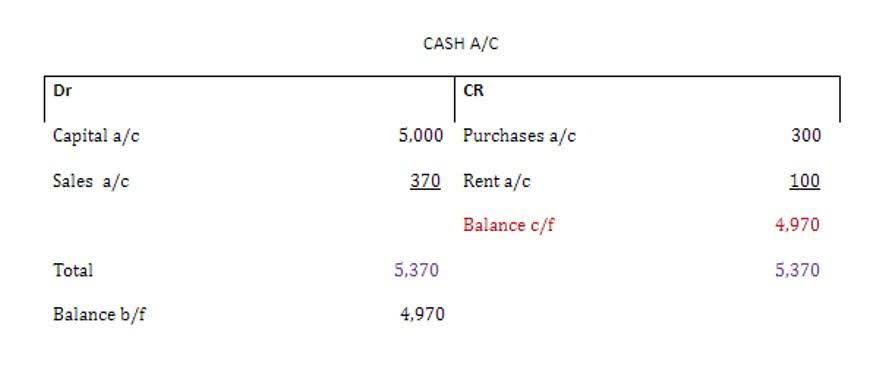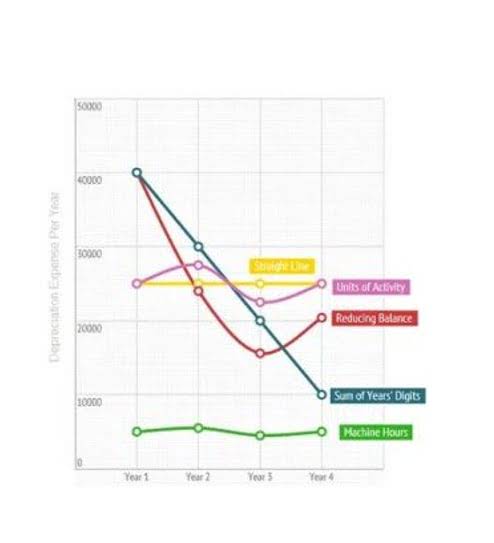
Sales forecasting is projecting future sales demand for a product or service. Despite sales forecasting being an essential part of business planning, most sales leaders have low confidence in the accuracy of sales forecasts. Creating a sales forecast that is both realistic and flexible can help mitigate these challenges. Sales forecasting allows businesses to prepare for various scenarios, ensuring they remain resilient in the face of uncertainties. By using two or more sales forecasting methodologies, companies can enhance the reliability of their forecasts and better navigate sales forecasting challenges.

How to choose the right sales forecasting method
Historical forecasting relies on past sales data to predict future performance but does not account for dynamic market developments. For example, if your competitors executed a promotional campaign, it could result in a drop in sales. Using this strategy, you anticipate the MRR based on historical trends, such as assuming a 10% annual growth rate. The average sales cycle may vary depending on the lead source and other business efforts may pact your conversion rates. Adjust your marketing strategies as new trends and data emerge to ensure your lead volume and conversion rates align with predictions. To use this sales forecasting technique, multiply a deal’s potential by the win likelihood.
- One commonality across these points is that they illustrate the need for cultural change in the sales organization.
- But if your customers are exploring solutions, consultative selling’s focus on diagnosing needs may be a better approach.
- Each one takes practice—as well as an objective mindset—to provide your company with accurate forecasts.
- For instance, organizations with 50 or fewer employees may have a lower closing rate, whereas companies with employees more than that have more probability of closing the deal.
- Surveys can also be relatively costly, particularly when they are commissioned for only one company.
Ways to Scale Your SaaS Operations and Growth
In this case, qualitative data obtained through competitor appraisal or market research can provide a good basis for creating a revenue model. Time series analysis relies Bookstime on historical sales data to produce revenue approximations of Monthly Recurring Revenue (MRR) and Annual Recurring Revenue (ARR). For SaaS startups going the funding route, sales forecasting is also a prerequisite for investors to gain confidence in the business.

Champions of customer service

The point of sales forecasting is to find an answer to the question, “How can we expect our sales to perform over a certain period? ” All the above types of sales prediction methods are designed to provide those answers. That said, a sales forecasting model that’s almost entirely reliant on cognitive input invites the potential for human error.

How to forecast sales for your business
Some methods are backed with past sales data, some focus on current sales figures, others rely more on market research and still others use sales forecasting software. By understanding and implementing these key aspects of sales forecasting, businesses can enhance their sales strategies and normal balance achieve their sales goals effectively. This ultimate guide to sales forecasting provides a comprehensive overview of the tools, techniques, and processes needed to create accurate and reliable sales forecasts. Sales managers should involve their sales team in the forecasting process to ensure that the forecast reflects the sales reps’ insights and experiences. This collaborative approach can lead to more accurate sales forecasts and better alignment with the sales team’s goals. While the opportunity stage sales forecasting method offers easy, quick results, it doesn’t account for the age of an opportunity making it inaccurate overall.

- Instead of viewing each method separately, you can also see how you can use all of them together to generate the data you need.
- Such variables may include discounts, onboarding costs, features, integrations and add-ons, licenses, etc.
- For example, how might your forecast change if your competitors react strongly to your strategy?
- Forecasting makes it easy to see where your sales team may be struggling.
- This includes relevant data, information from your CRM, and tools you may need to complete your forecasting method of choice.
Consider the nature of your products, the market you’re in, the size of your organization, and the resources you have at your organizations usually use only one method for forecasting sales. disposal. Taking online courses can be a great way to build sales skills, including forecasting, and explore career possibilities. Basic sales metrics like how much you sold in the same period in the past can also be a valuable guide.
- For example, Katie Scallan-Sarantakes may have to do an annual forecast for Scion sales, but as each month goes by, she has hard sales data with which to adjust future forecasts.
- The art of forecasting is not in choosing one method over the other but in mastering the one that resonates with the rhythm of your business.
- Conversely, if the company uses these estimates to set quotas, salespeople are likely to reduce their estimates to make it easier to achieve quota.
- One issue with this sales forecasting technique is that it assumes buyer demand is constant.
- To get started, include a forecasting field in your CRM for the sales rep to complete.
Sales audit process: 5 sales audit steps to better forecast & plan spend
Each of these factors has to be taken into account in order to determine how much the company is likely to sell. Thus, a sales forecast is actually a composite of a number of estimates and has to be dynamic as those other estimates change. By choosing the right forecasting method, businesses can gain a clearer picture of their future sales performance.
Leave a Reply